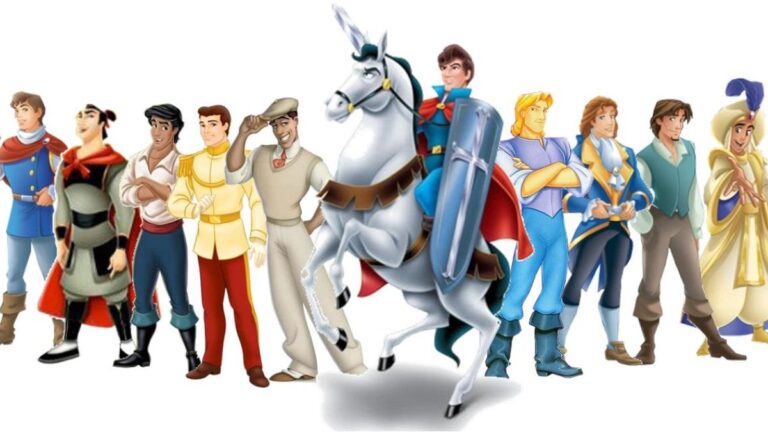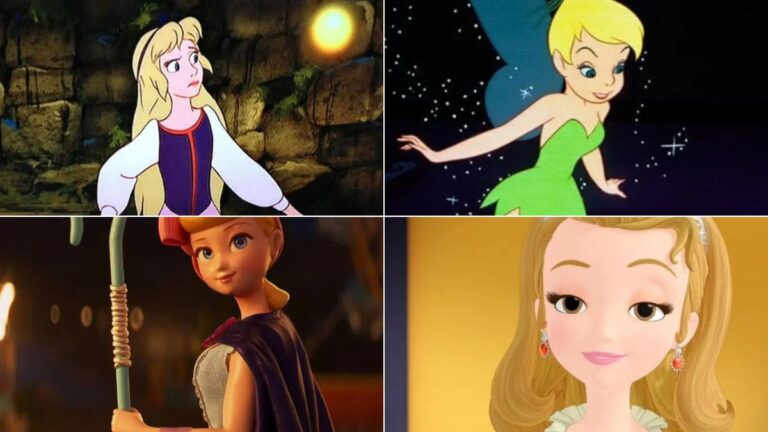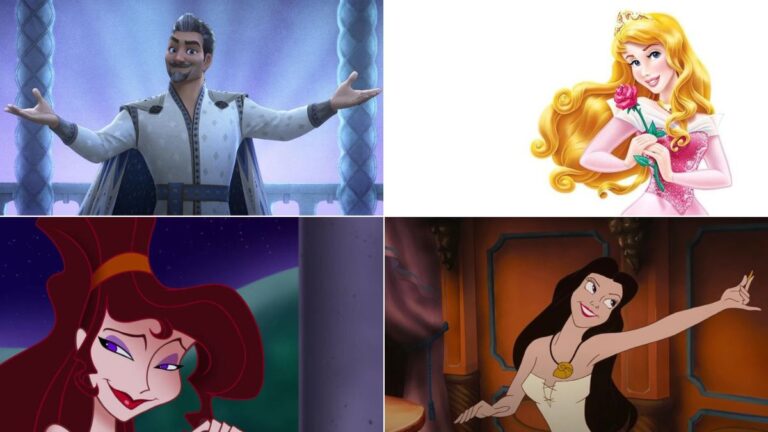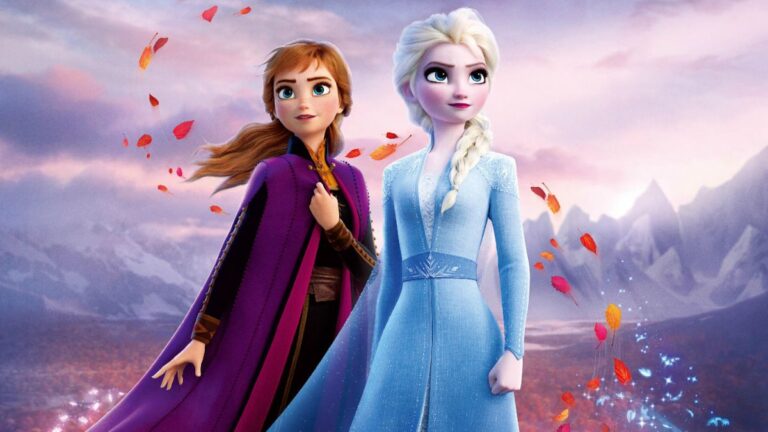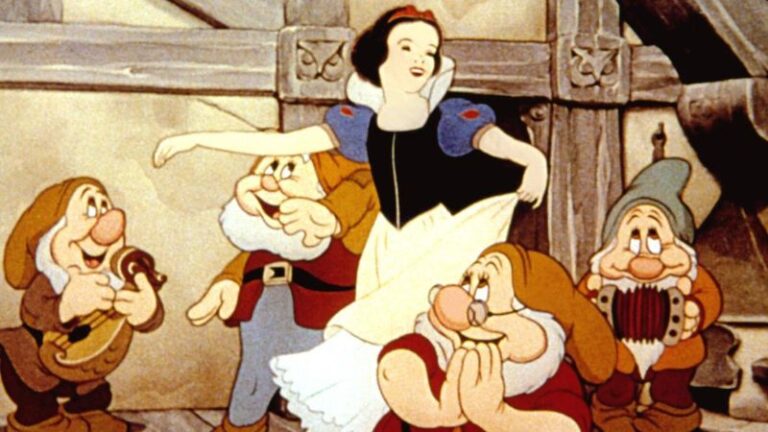What Kind of Fish Is Flounder in ‘The Little Mermaid?’ Explained
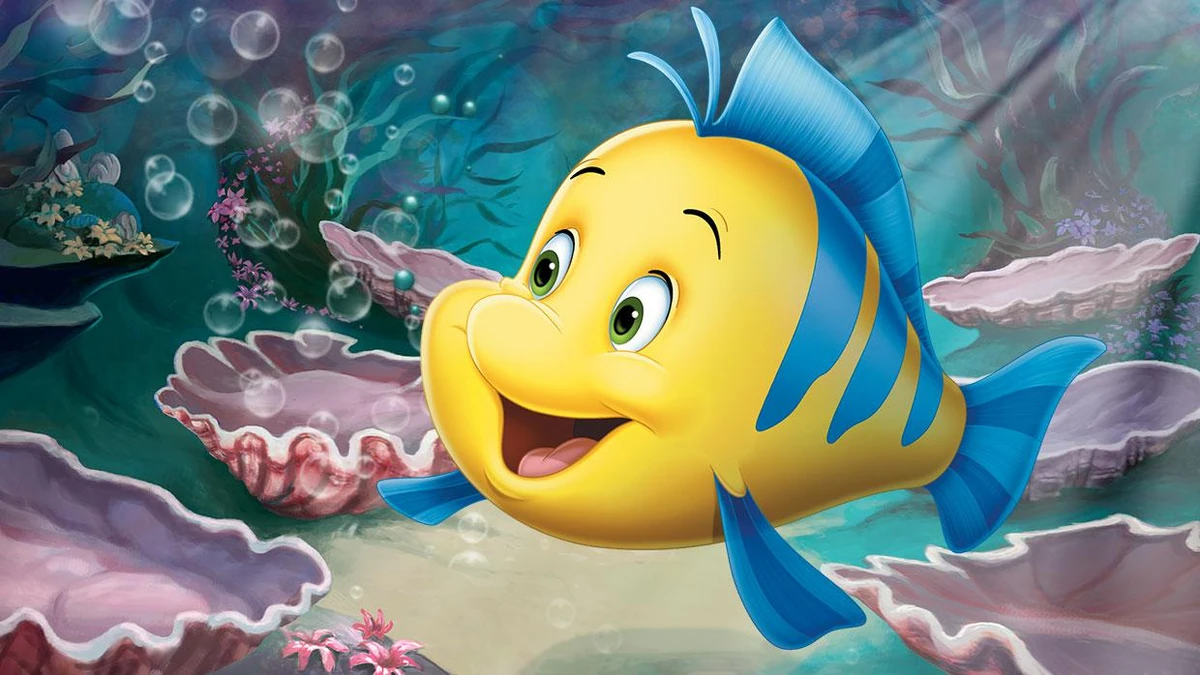
In the magical undersea world of Disney’s “The Little Mermaid,” audiences across the globe were captivated not just by the tale of Ariel, the adventurous mermaid, but also by her loyal and lovable companion, Flounder. This vibrant and spirited fish, with his bright blue and yellow scales, often leaves viewers pondering – just what kind of fish is Flounder? Let’s dive deep to unravel this aquatic mystery.
Is Flounder A Real Fish In The Little Mermaid?
Yes and no.
Flounder is indeed a character in Disney’s “The Little Mermaid,” and he is portrayed as Ariel’s best friend. However, his character design doesn’t accurately represent what real-world flounders look like.
In reality, flounders are a type of flatfish. They have both eyes on one side of their body, and they lie flat on the sea bottom. The design of Flounder in the movie doesn’t match this description; he looks more like a tropical fish, with a bright blue and yellow coloration and eyes on opposite sides of his head.
It’s important to note that in the realm of animation and storytelling, artistic license often takes precedence over biological accuracy. Disney probably designed Flounder to be more visually appealing and expressive, which wouldn’t be as easily achieved if they had made him look like a real flatfish.
What Kind of Fish Is Flounder?
In Disney’s “The Little Mermaid,” Flounder’s character design does not correspond to real-life flounders. Real flounders are flatfish with both eyes located on one side of their bodies, and they are adapted to living on the sea bottom.
The Flounder in the movie, with his bright blue and yellow coloration, round body, and eyes on either side of his head, looks more like a tropical reef fish. Some speculate he’s inspired by a type of angelfish or butterflyfish based on his appearance, though it’s not specified in the movie.
Again, the character’s design was probably a creative choice made for visual appeal and expressiveness rather than an attempt at biological accuracy. Disney never explicitly mentions or defines Flounder’s species in the context of the film.
The Anatomy of Flounder: Fiction vs. Reality
The juxtaposition of Disney’s Flounder against the real-life flounder offers an intriguing study in the liberties animation takes for the sake of storytelling and character design. Let’s dive into the differences and similarities between the fictional Flounder and his real-world counterpart.
Coloration and Pattern
- Fiction (Disney’s Flounder): Flounder is vividly colored, predominantly bright blue with yellow stripes. Such lively coloration is atypical for real flounders but works to make him more visually engaging in the colorful world of the movie.
- Reality (Real-Life Flounder): Real flounders are generally more subdued in color, usually blending in with the sandy or muddy bottoms they inhabit. Their coloration acts as camouflage, protecting them from predators.
Body Shape
- Fiction: The animated Flounder has a round, full body, akin to many tropical reef fish, which makes him appear cute and childlike—befitting of a sidekick to a young mermaid.
- Reality: True flounders are flat with a laterally compressed body. This unique shape allows them to lie on the sea floor, often burying themselves in sand or mud, with only their eyes visible.
Eye Placement
- Fiction: Flounder’s eyes in the movie are placed on either side of his head, similar to most fish and providing him with a wider range of expressive capabilities.
- Reality: A distinct feature of real flounders is that both of their eyes are on the same side of their body. As they mature, one eye migrates to join the other, allowing them to see above while lying flat on the ocean floor.
Habitat and Behavior
- Fiction: Disney’s Flounder is adventurous, often seen swimming in various marine environments, from Ariel’s secret hideaway to the open ocean.
- Reality: Real flounders are bottom-dwellers. They are not typically known for adventurous escapades but rather for their stealth and camouflage.
Role in the Ecosystem
- Fiction: In “The Little Mermaid,” Flounder’s role is primarily that of a loyal companion to Ariel. His species or ecological role is not a focal point.
- Reality: Flounders play a significant role in marine ecosystems. As both predators and prey, they contribute to the health and balance of the food web.
While Disney’s Flounder offers joy and visual appeal in the context of the story, real flounders showcase the wonders of adaptation and survival in the marine world. The differences between them underline the artistic liberties filmmakers take while still drawing inspiration from the natural world.
How Flounder Differs from Real-World Flounder Species
Flounder, Ariel’s bright and bubbly fish friend from Disney’s “The Little Mermaid,” stands out not only for his vibrant personality but also for his distinctive appearance. However, when compared to real-world flounder species, several noticeable differences arise. Here’s a breakdown of how the animated Flounder diverges from his real-world counterparts:
1. Coloration and Pattern:
- Flounder (The Character): He is strikingly colorful, with bright blue scales adorned with yellow stripes. This vibrant look is designed to captivate audiences and suit the fantastical world of the movie.
- Real-World Flounders: They typically possess more muted, earth-toned colors that allow them to camouflage against the sandy or muddy bottoms they inhabit.
2. Body Shape:
- Flounder (The Character): Has a rounded body shape, resembling more of a tropical reef fish rather than a flatfish.
- Real-World Flounders: Are distinctly flat with laterally compressed bodies. This shape allows them to lie and often bury themselves on the seafloor.
3. Eye Placement:
- Flounder (The Character): Features eyes on opposite sides of his head, similar to most other fish species. This positioning allows for a wider range of expressions fitting for an animated character.
- Real-World Flounders: Have both eyes on the same side of their body. During their growth, one eye migrates so that both eyes eventually end up on the upward-facing side as they lie on the bottom.
4. Behavior and Lifestyle:
- Flounder (The Character): Is portrayed as adventurous, brave (though sometimes a bit nervous), and capable of swimming across various marine environments.
- Real-World Flounders: Are primarily benthic (bottom-dwelling) creatures that spend much of their time camouflaged on the seafloor.
5. Role and Function:
- Flounder (The Character): His primary role in the movie is to be Ariel’s loyal companion, providing emotional support and participating in her adventures.
- Real-World Flounders: Play integral roles in marine ecosystems, often acting as both predator and prey. Their camouflage abilities and unique body adaptations make them fascinating subjects of study for marine biologists.
While the animated Flounder captures hearts with his endearing personality and colorful design, he’s quite different from actual flounder species. This contrast exemplifies the liberties taken in animation to create engaging and visually appealing characters while still drawing inspiration from nature.
Cinematic Choices: Why Flounder Isn’t Your Typical Flatfish
In the realm of animation, especially in a fantastical setting like that of Disney’s “The Little Mermaid,” character design is often driven by narrative needs and audience engagement rather than strict adherence to biological accuracy. Flounder’s departure from the typical flatfish appearance is a testament to this cinematic approach.
Flounder’s round body and vibrant blue and yellow colors make him visually striking and easily recognizable, attributes crucial for a main supporting character in a film. These features ensure that he stands out amidst the myriad of sea creatures, holding his own next to the iconic mermaid, Ariel. A more anatomically accurate flounder, with its muted colors and flat body, might have faded into the background, both visually and narratively.
Furthermore, giving Flounder eyes on both sides of his head, unlike the real-world flatfish, allows for a broader range of emotional expression. This anthropomorphic feature enables Flounder to better convey his feelings, from worry and fear to joy and excitement, making him more relatable to the audience.
Lastly, the choices in Flounder’s design speak to the broader intent of the film: to craft a magical, undersea world where emotion and storytelling take precedence. By prioritizing these elements, the creators ensure that characters like Flounder resonate with audiences, leaving a lasting impression long after the credits roll.

